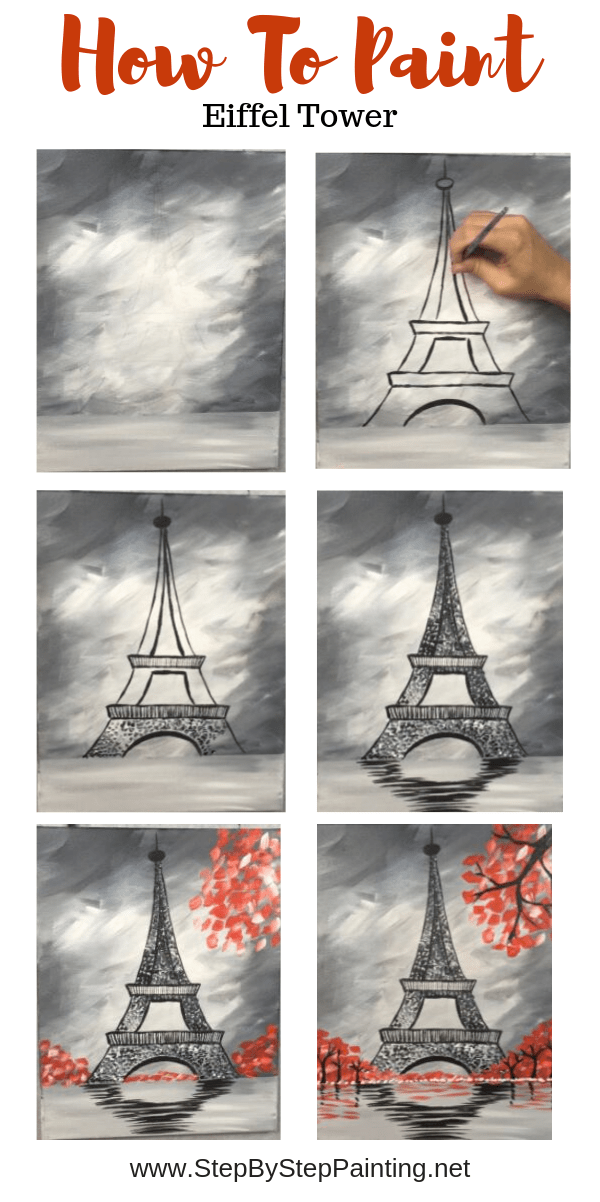Since the beginning of photography, architecture has served as a model for many images and has been an ally in the activity of photography. Photography highlights the most interesting in the shapes of buildings and architecture, even with all concrete, manages to convey poetry. , inspiration and beauty to images. Because it contains interesting elements for photography, many photographers represent buildings, houses and interior structures, but do everyone know the best way to make these images?As for the best way to photograph architecture, it will all depend on the final purpose of the image: whether it is more informative or more artistic, the technical approach will then depend on these two aspects: whether the photographer wants to explain what the construction represents, or whether he simply wants to portray the beauty of architecture.
An informational architectural photograph must be composed and contain elements that show exactly what the image represents and what is shown. This type of photography diminishes the photographer’s ability to use creativity and artistic elements, but does not completely block it. Before taking a photograph of this type, it is interesting to take a close look at the construction to be represented, evaluating the angles and shapes. It also looks at which elements should be included in the photo and which ones can be discarded without losing necessary information, such as specific windows and walls. In a photograph from the Oscar Niemeyer Museum in Curitiba (PR), for example, the eye-shaped structure and handrails are essential to form an informative photograph, but the rectangular building behind can be thrown away without losing valuable information.
- For interior architectural photography.
- Use photographic lenses with a wide angle of capture so that maximum detail can be displayed in a single image.
- Use lighting to your advantage and prefer to make it more comfortable for an indoor environment.
- Also pay attention to existing textures and materials in internal and external environments.
- Study how these factors behave with the different insights provided by a full day.
Unlike informative architectural photography, which aims to show a place as it is, in artistic photography everything goes and the quality of the image depends on the creativity of the photographer.
Despite this, getting some interesting results requires a lot more than dating a digital camera to creatively capture everything you see. A qualified photographic eye is required. For example, photographers who are interested in architecture and who understand, even if they are the least of the subjects, can do better, because they know what to highlight in an image. In fact, knowing the subject being photographed helps the photographer choose better settings. To do this, it is not necessary to deepen theoretical studies, it is sufficient to simply observe buildings, houses and interiors. First of all, a photographer is an observer. To reach this level and take artistic photographs of the architecture, observe the details of the buildings, make a more critical reading of the city and evaluate elements that normally go unnoticed.
Whether you have a compact and professional camera, it pays to always go out with a camera on your dates. This will make it easier to represent something that you have found interesting along the way. If it is too dangerous or impractical for you to carry professional equipment on the street, have a compact or portable phone with a good resolution camera. If necessary, return another day with professional equipment to make the same image. There are a few items that can come in handy when the purpose of the outing is simply to photograph: In addition to photographic equipment, bring an umbrella (for shadow and lighting compositions), masking tape, and batteries or piles.
Lines in architecture photography are very important, so you have to pay attention to them, whether they are straight, curved, short or long, each type will have a different effect on the image and the low angle at which they are photographed will also cause a different feeling. who looks at the photo. To evaluate these lines, train your gaze to get out of the ordinary. In addition to lines, which are considered the most important elements in architectural photography, what must be taken into account in the framing are curves, different details (ornaments, objects and details in general), texture, colors, contrasts, symmetries, lighting, windows, doors, arches, stairs, etc. All these elements mixed and harmonized with each other can create a professional effect.
The rule of thirds, an important element of framing, should be discarded in architectural photography because it cannot be used when symmetrical elements enter the scene, since buildings and houses with these elements must be placed in the middle of the photo, so that symmetry works correctly in the image. It is also interesting to use depth of field to create multilayer images. You can also work on the feelings of an architectural photograph. An example is an image that represents light through the window and illuminates a room, bringing a sense of comfort. On the other hand, can the same lighting effect affect an empty room, feel lonely, etc. ?

